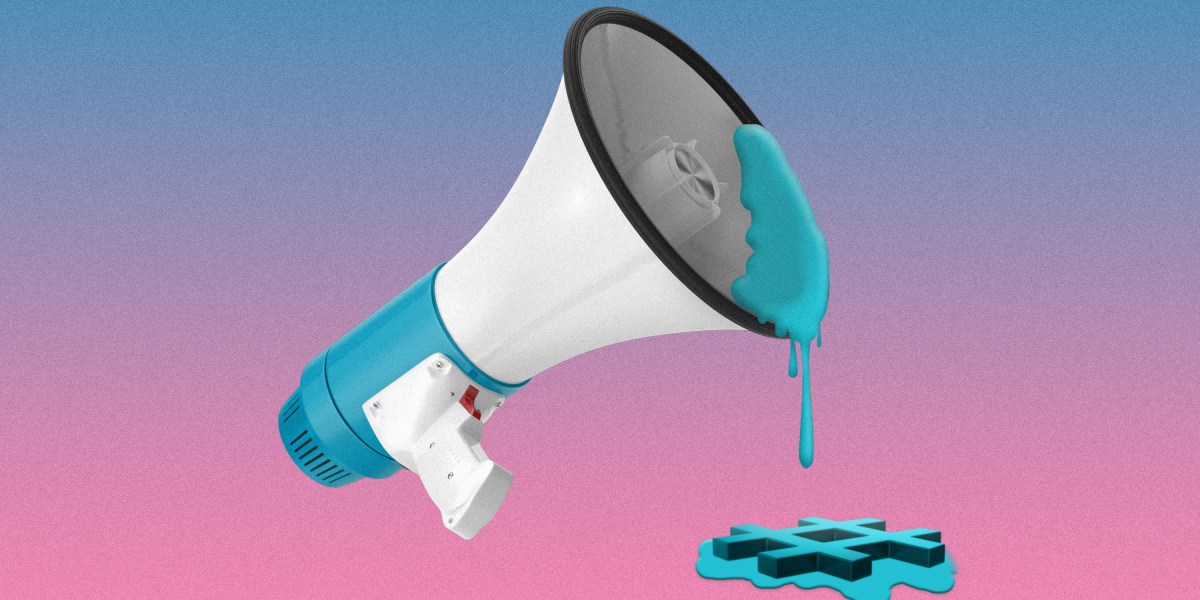So what’s important to the world right now? #ClimateScam trended last Friday and drove users to a river of memes about climate change from those who insist it’s a hoax. Earlier this week, “Sodom and Gomorrah” trended in the US, fueled by far-right anti-LGBTQ conspiracy theorists. The term “Satanic Panic” spiked soon after, along with the name of Ashli Babbitt, a woman who was killed during the attempted coup on January 6, 2021, and has become the center of conspiracy theories about the circumstances of her death.
It’s hardly new to point out that algorithmic trending lists can amplify bad stuff to huge audiences. So why does Twitter still have this feature in 2022?
Twitter’s central argument for Trends has not changed much since Dorsey’s blog post. It’s a feature, Twitter spokeswoman Lindsay McCallum said in an email, that’s designed to show people what’s happening across the world and on Twitter at any moment in time. When it works best, Trends become something like online events: “Choco Taco” trending after the ice cream treat was discontinued prompts others to tweet their own thoughts about it.
Trends is central to the story that Twitter would like to tell about itself, says Shireen Mitchell, a technology analyst and founder of Stop Online Violence Against Women—a story about how it captures and serves the public conversation. But manipulated trends (even innocuous ones) and amplified extremism on the algorithmically generated trending list undermine that story.
“Twitter keeps trying to make it seem like ‘trending’ is somehow authentic, trending hot topics that people care about. But in most instances it’s gamification,” she says.
Besides Twitter’s claims that Trends serves an important public function, there’s another reason the feature sticks around. It’s a revenue source for the platform: Twitter started selling promoted spaces on Trends in 2010. Currently Twitter sells what it calls Trend Takeover spots and displays ads in the search results for trending topics.
On July 28, for instance, a sponsored trending topic for a new Christopher Nolan film was promoted at the top of Twitter’s US trending list, and in the “For You” column of customized trends.
“I don’t think they actually think through the actual benefit to their users versus the benefit to their bottom line,” Mitchell says. Twitter declined to comment on its ad program for Trends.





















Discussion about this post